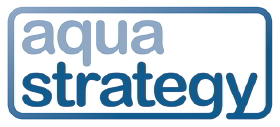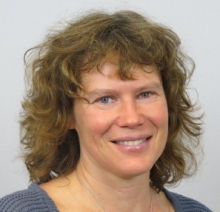- News
Issue:
Proposals by the European Commission to overhaul Europe-wide certification of fertilisers have prompted calls for a rethink on the cadmium limits it put forward.
The main aim of the proposals, part of the Commission’s package on a circular economy, is to boost use of fertilisers based on organic and waste materials. Inclusion of the other key aim of cutting cadmium pollution has prompted resistance to the proposals, especially from the traditional inorganic fertiliser industry.
The Commission’s proposals for revisions to the EU Fertiliser Regulation were published in March, with the public comment period running to mid-May. In justifying inclusion of cadmium controls in the proposals, the Commission raised the issue of concerns over cadmium contamination of soil and food through fertiliser use. It stated that most fertilisers from which concern originates – inorganic phosphate fertilisers – already have Europe-wide certification. The Commission therefore justified EU-wide maximum limits as an effective means of reducing contaminants to safer levels since Member States cannot achieve this objective unilaterally.
The International Fertilizer Industry Association was among those to file a comment. ‘While preventing cadmium build-up in agricultural soils may be a legitimate objective, it appears that the cadmium limits currently proposed have been set arbitrarily,’ it stated in its comment. ‘Recommendations to produce only low-cadmium phosphate fertilizers are scarcely appropriate,’ it added. The association argues that a switch to low cadmium phosphate sources would lead to a great demand for these more limited supplies, with consequent prices increases, and makes the case for a nutrient stewardship approach.
The proposal sets out phosphorus limits as phosphorus pentoxide equivalents at 60 mg/kg initially, reducing to 40 mg/kg after three years and to 20 mg/kg after 12 years. Polish fertiliser manufacturer Grupa Azoty commented: ‘There is not a single element regulating cadmium limit at 60 mg or below which would have any scientific grounds.
The proposals drew responses also in relation to the move to include organic sources in the Europe-wide certification of fertiliser products. The proposals set out what are known as ‘product function categories’, setting requirements in relation to each. The categories include fertilisers and soil improvers. Fertiliser sub-categories include solid and liquid organic fertilisers.
The European Biogas Association expressed support for the move to include organic sources, but noted that ‘EBA and its members find it incomprehensible that the current product quality requirements in the annexes are so demanding that, in effect, they exclude raw digestate as well as the separated liquid and solid fractions.’
The EBA argues that the requirements as included in the proposals set the required nutrient content in terms of percentages of mass. The EBA says these are fresh matter requirements that cannot be achieved. It calls for the requirements to be set in terms of dry mass.
The proposals also stipulate what materials can be used as source materials in certifiable products, with sewage sludge specifically excluded at this time. The European Sustainable Phosphorus Platform called in its submission for sewage sludge derived materials to be specifically addressed, either in its own category or integrated into other categories.
Keywords:
- Europe, resource recovery






